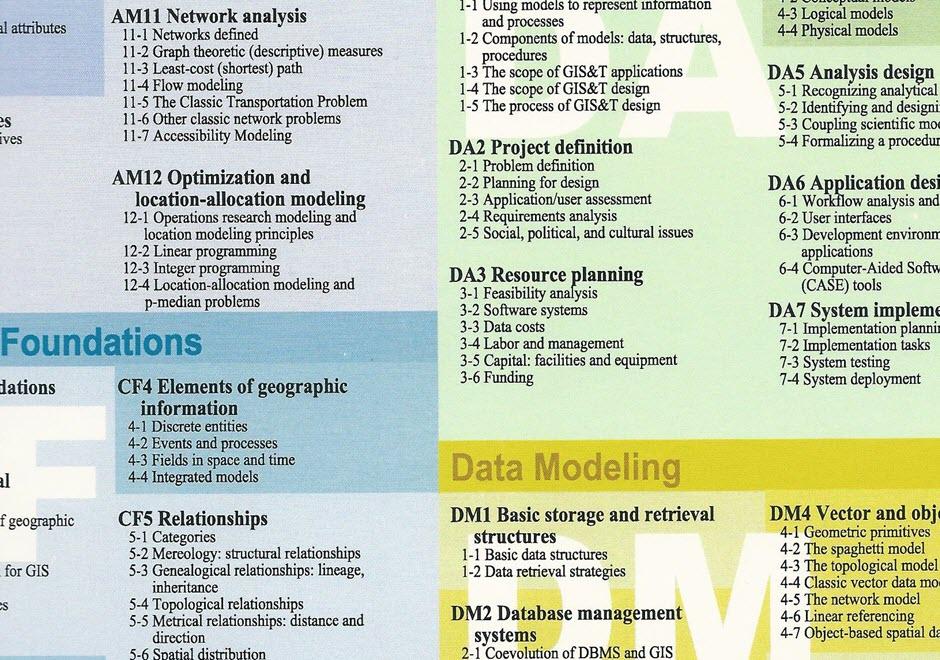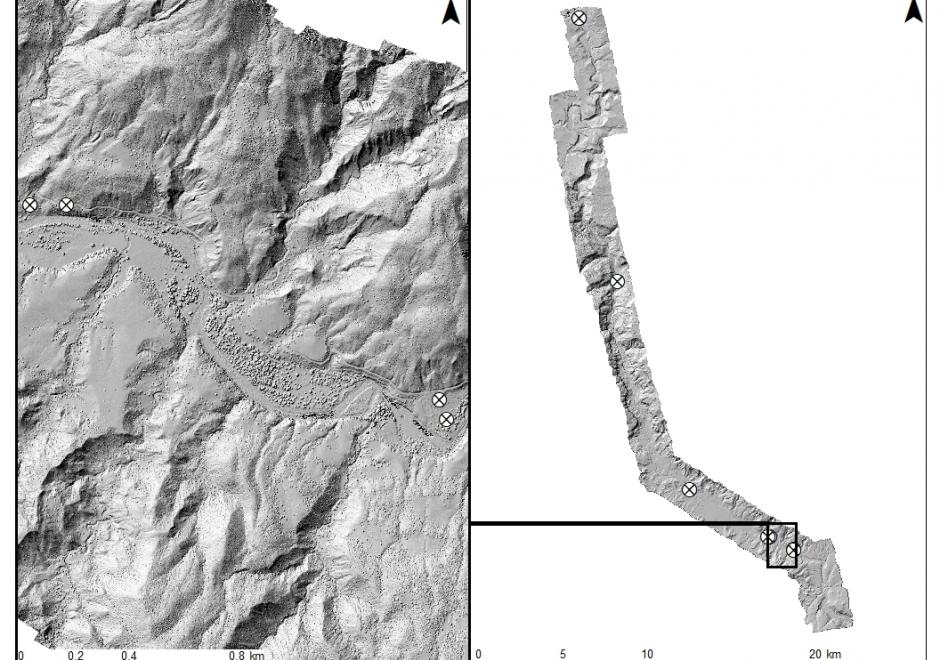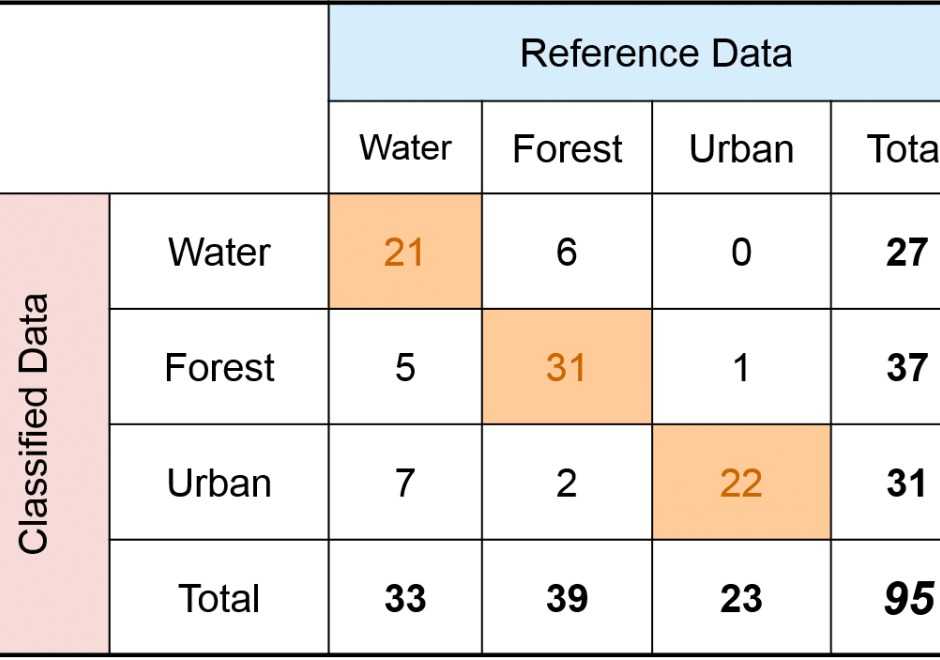DC-12 - Aerial photography image interpretation

- Use photo interpretation keys to interpret features on aerial photographs
- Calculate the nominal scale of a vertical aerial image
- Calculate heights and areas of objects and distances between objects shown in a vertical aerial image
- Produce a map of land use/land cover classes using a vertical aerial image
- Describe the elements of image interpretation








DC-25 - Changes in Geospatial Data Capture Over Time: Part 1, Technological Developments
Geographic Information Systems (GIS) are fueled by geospatial data. This comprehensive article reviews the evolution of procedures and technologies used to create the data that fostered the explosion of GIS applications. It discusses the need to geographically reference different types of information to establish an integrated computing environment that can address a wide range of questions. This includes the conversion of existing maps and aerial photos into georeferenced digital data. It covers the advancements in manual digitizing procedures and direct digital data capture. This includes the evolution of software tools used to build accurate data bases. It also discusses the role of satellite based multispectral scanners for Earth observation and how LiDAR has changed the way that we measure and represent the terrain and structures. Other sections deal with building GIS data directly from street addresses and the construction of parcels to support land record systems. It highlights the way Global Positioning Systems (GPS) technology coupled with wireless networks and cloud-based applications have spatially empowered millions of users. This combination of technology has dramatically affected the way individuals search and navigate in their daily lives while enabling citizen scientists to be active participants in the capture of spatial data. For further information on changes to data capture, see Part 2: Implications and Case Studies.